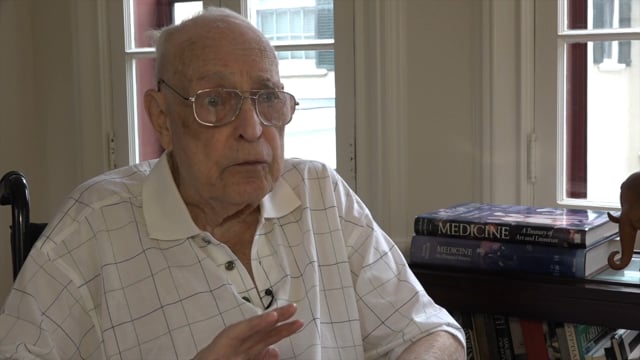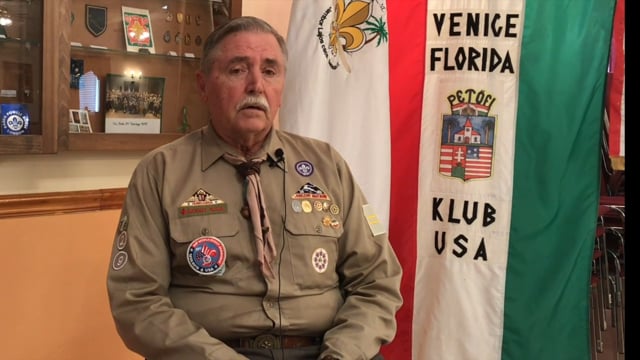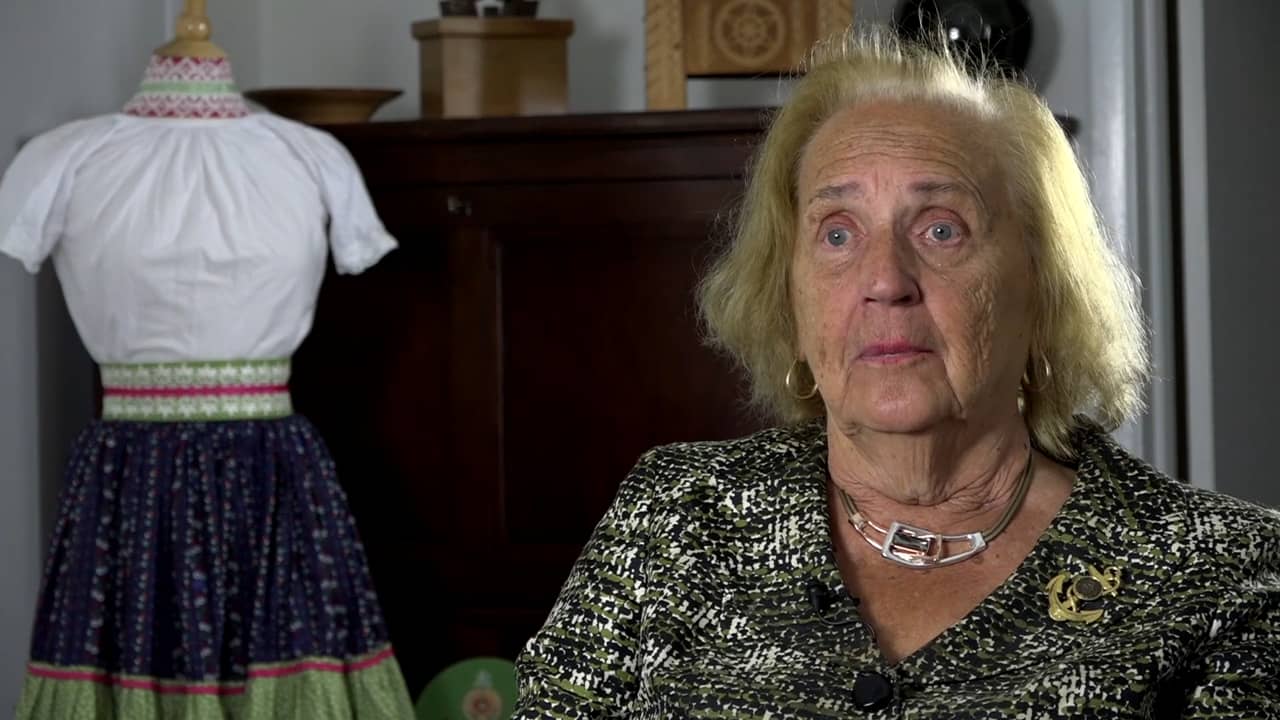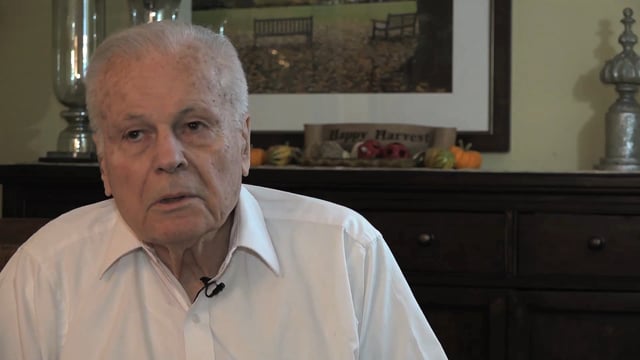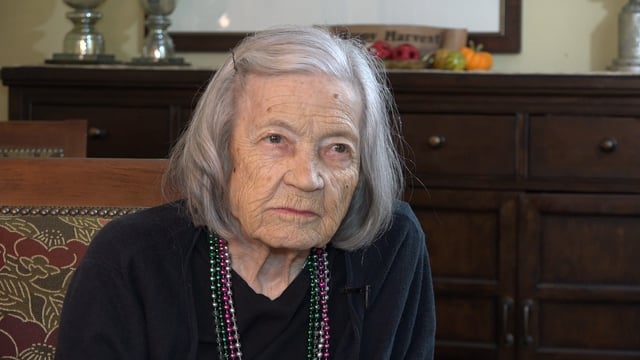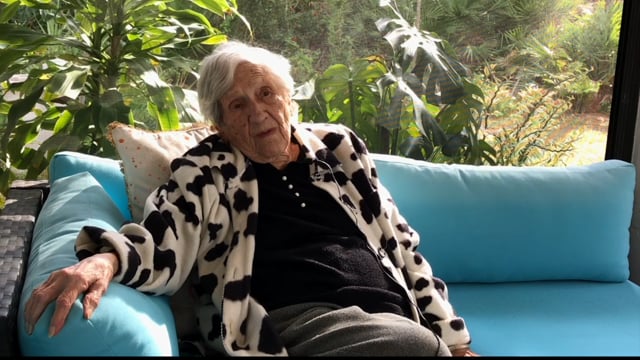Antal Lux
1956er(This interview was conducted in cooperation with the Collegium Hungaricum Berlin (CHB) as part of Memory Project Germany.)
Antal Lux was born on April 18, 1935 in Budapest (Soroksár), Hungary. While his family was Swabian, he always identified with being Hungarian and only learned German upon moving to Germany.
In Hungary, Lux attended a high school for the arts in Budapest, although he pushed back strongly against the prevailing style of the time: socialist realism. After graduating, he and a friend tried to escape Hungary to the West, but he was caught and imprisoned for nearly two months by Hungary's brutal secret police. After that, there was no real chance of being accepted to the university, and he took a job painting posters and slogans for the Mátyás Rákosi Metalworks factory in Csepel. Painting communist slogans did not make him like the political system any more than previously, and he found himself in numerous fights with police. After one such scrape, he was sentenced to 2 years in prison, although he was put on probation instead for three.
In 1956 he was sent to Pécs, in southern Hungary, to a compulsory labor camp (munkaszolgálat) at a mine there. While down in the mine, he and the other workers had no idea the Revolution had broken out on October 23rd, only finding out when they came up from the mine and noticed all the secret police guards were gone. Lux, who was an idealistic 20 year-old at the time, joined the others in setting up a resistance that would protect the mines in the area from returning Soviet forces. They were issued weapons and took their stand valiantly in the hills around Pécs between November 4-10. His compelling story gives us inside detail of how the freedom fighters in Pécs tried (in vain) to beat back the Soviet army, and how, after November 10th, how they risked their lives to get across the border to Austria.
He arrived in Germany towards the end of November and was offered a five-year American scholarship to study painting and graphics at the Akademie der Bildenden Künste in Stuttgart. Since 1960 he has had exhibitions and participated in art festivals, and from 1980 he added video to the various media he works with. Many of his works have focused on 1956 and the Revolution as well as his escape from the communist regime in Hungary. He also teaches drawing and has lived in Berlin since the 1970s.

